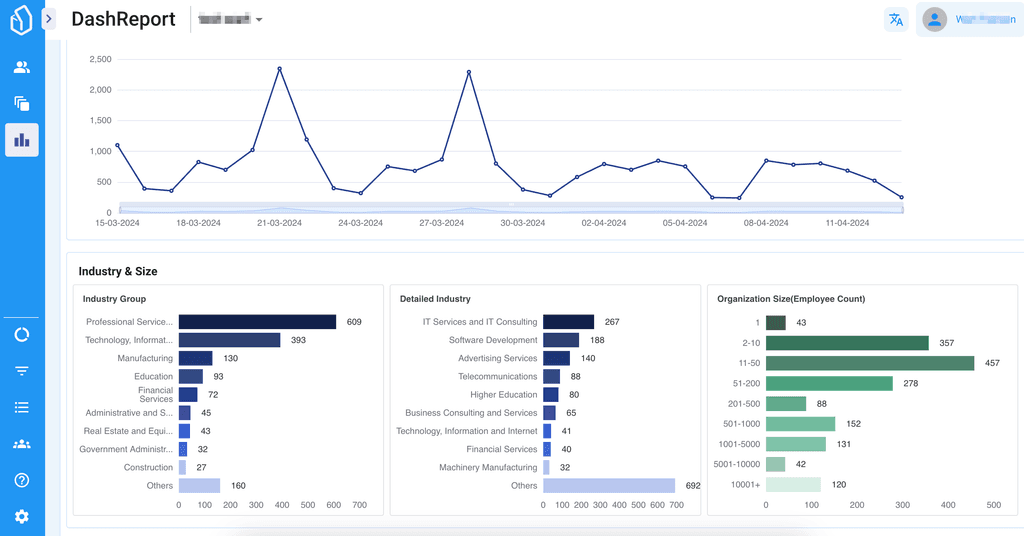The Definition of a Sales Lead
A lot of our blog revolves around marketing and Online lead generation tactics. While tactics and techniques to collect leads are important, it is also vital to reflect on the basics and be reminded of what exactly a sales lead means.
This is the first in a series of articles and posts concerned with Definitions around the subject of Lead Generation.
What will be addressed in this series:
Topics will be addressed on at least two levels:
Introduction. Definition. What is a sales lead?
Q: So what is the definition of a sales lead?
A: A lead is a person or business who may eventually become a client.
People and businesses can become leads. They become leads for products or services that you offer, hoping that they will eventually become paying customers. Becoming a lead is the first step in the sales process. At a subsequent stage, leads become prospective clients, hence the term ‘prospects’.
The process of lead creation and generation (nurturing) entails that either:
a) the prospective lead contacts you, and/ or shows interest in your business
OR
b) you initiate contact with the prospective business or person in order to start a dialogue.
Q: What does this process look like?
A: Whatever it takes to get the job done. You need to figure out who you need to talk to (who is the decision maker), and find a way to talk to them.
Lead generation is the process of figuring out who you have to talk to, and talking to them.
Placed on a timeline, leads are:
Identified
Qualified
Entered into the (sales) pipeline
Acted upon
In A Nutshell;
In order to identify, qualify and communicate with a potential lead you need to know:
Who they are; company name and/or contact details (lead identification)
Their interest (lead scoring and qualification)
How to get in touch with them – email / phone (lead nurturing and generation)



